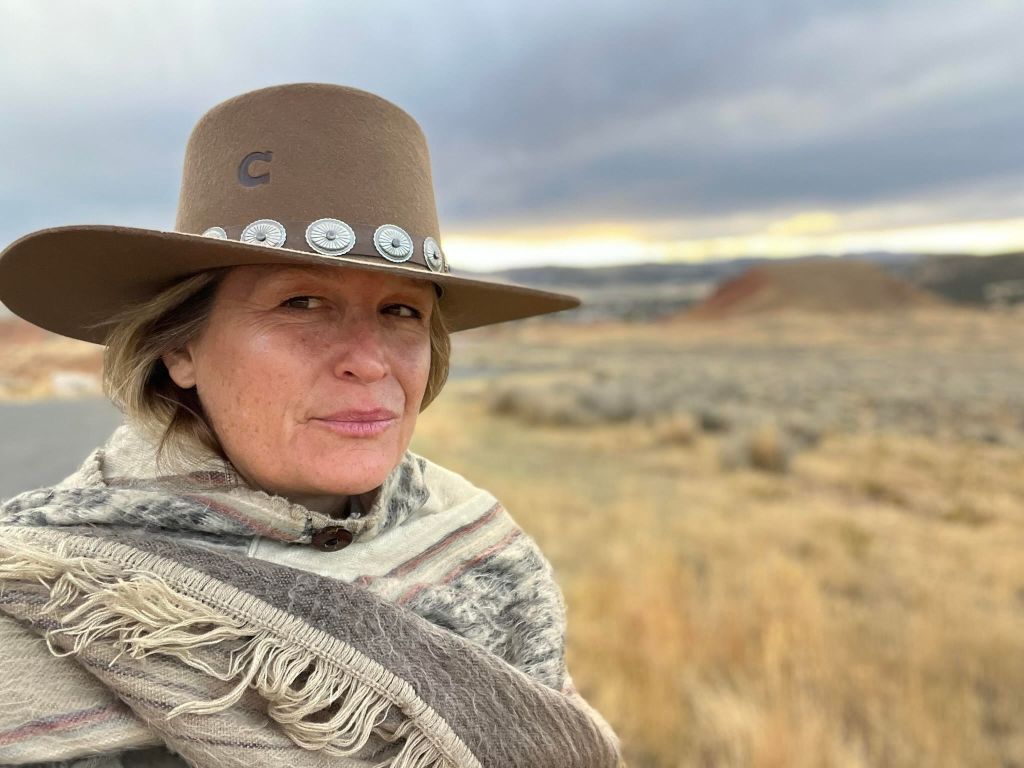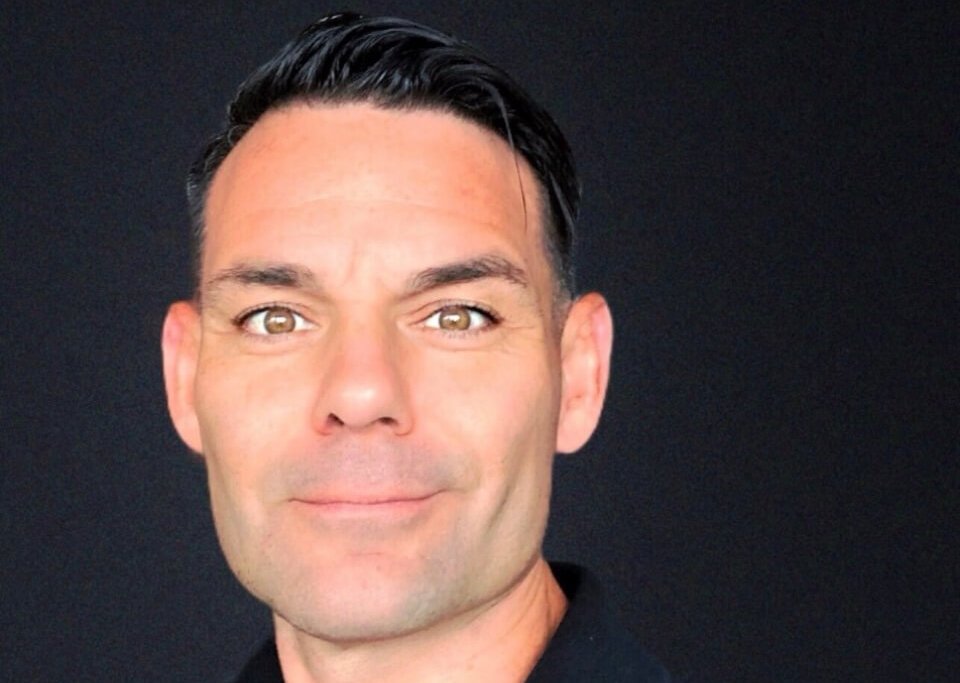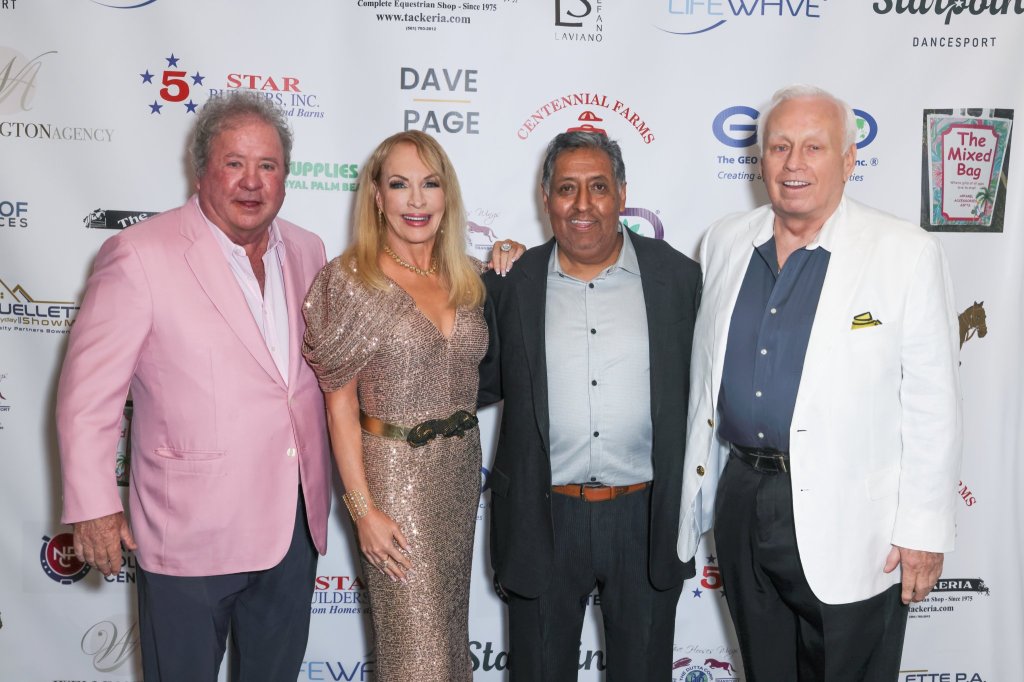C.O. Bigelow Glides Past 185, Heading For 200
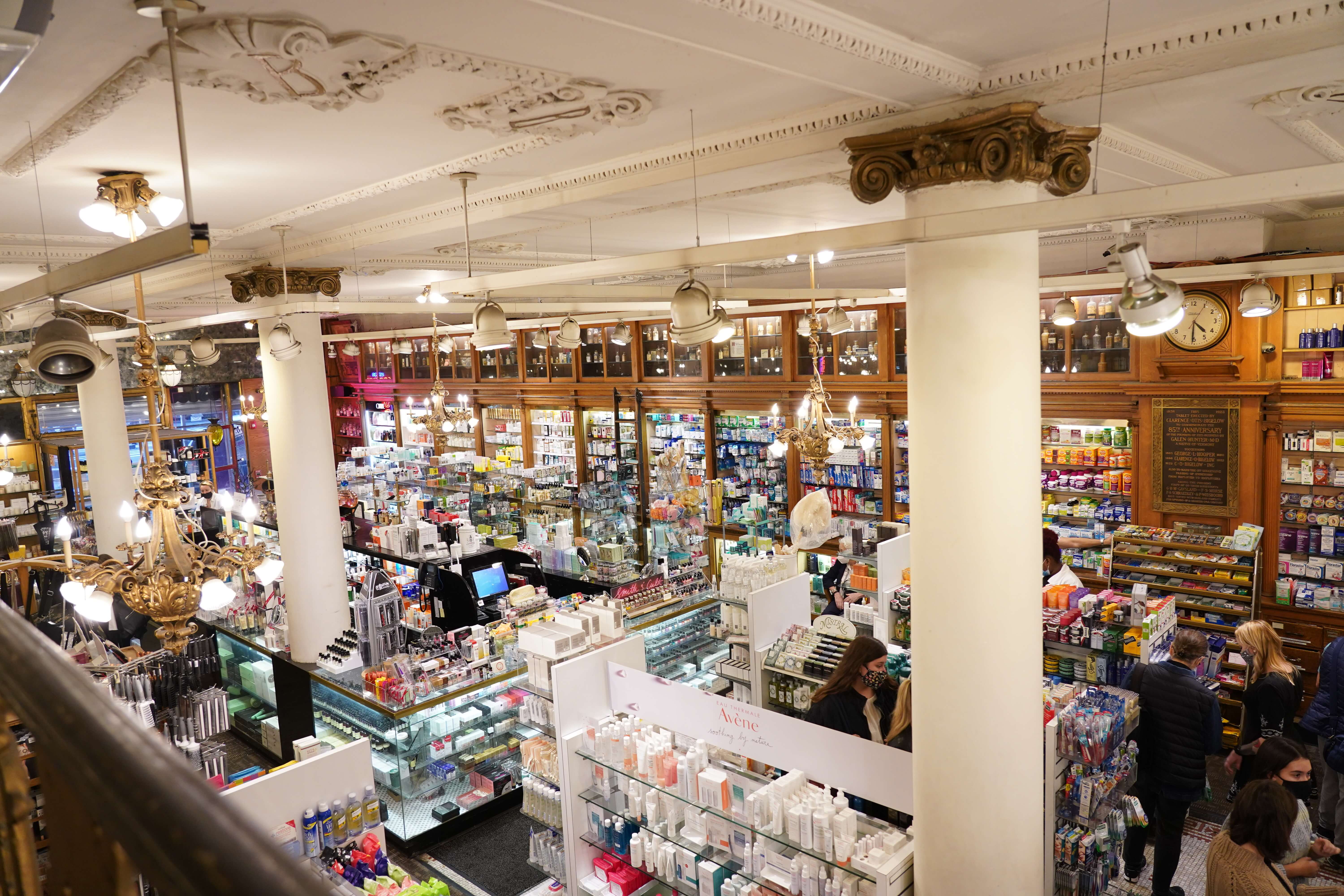
History is written in books, but now and then, as at C.O. Bigelow, “the oldest apothecary in America,” it is written boldly and beautifully in the building. Located in an interior and exterior landmarked structure on Sixth Avenue near Eighth Street in the West Village (they couldn’t make most changes, even if they wanted, which they don’t), it’s been in the same location since 1902, although, as the logo reminds you, it’s been in business, initially under a different name and right next door, since 1838.
In a city where nothing remains constant except for a few going-out-of-business signs that seem to have been there forever, the store serves as a reassuring billboard for this business’s ability to endure change and the constant ebb and flow of time. Books with the original formulas rest upstairs, while bottles aged one to two centuries old adorn the décor. An ancient canvas ceiling, historic floor, wooden cabinets, classic mosaic, and neon sign that has shined for decades greet visitors. Oh, and the store has not closed a single day- not one- through holidays, high water, or pandemic since opening.
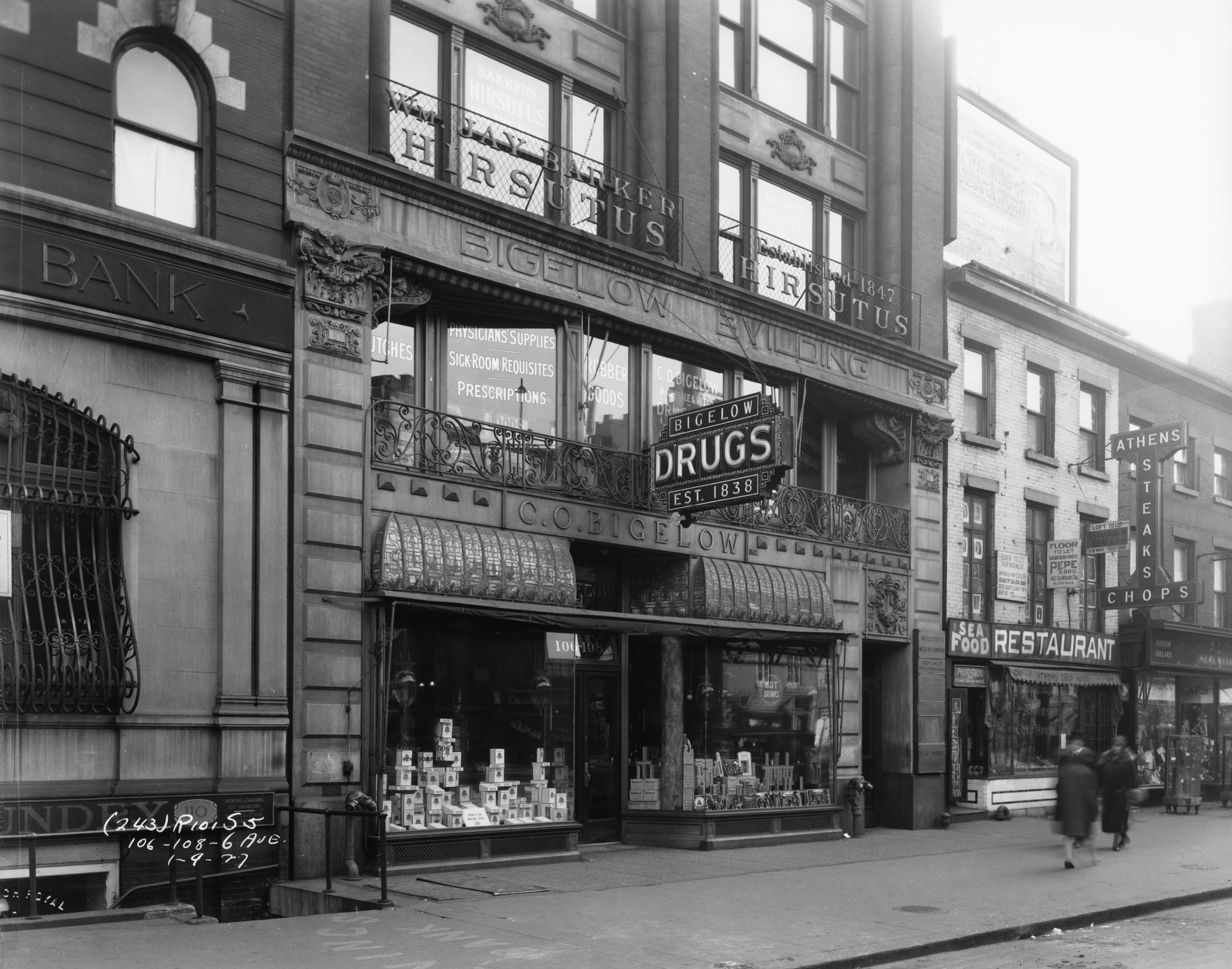
“History makes the place special. For the most part, it looks exactly as it did 100 years ago,” said Alec Ginsberg, a fourth-generation Ginsberg, chief operating officer and co-owner who trained as a pharmacist at the University of North Carolina’s Eshelman School of Pharmacy. “The biggest part of what makes the store unique is that it’s been here forever, taking care of multiple generations, with my family behind it for all that time.”
Of course, C.O. Bigelow is more than just a building; it is a business that cares for customers daily. It is its family owners, the Ginsbergs (Alec lives within two blocks of the store); its employees (around 65, many of whom have been here for years); its culture, with pharmacists and others on the floor with customers rather than blocked behind a counter; unique products you won’t find in most other locations, and its own C.O. Bigelow line.
In a world where CVS and Walgreens are found on nearly every street corner (unless there’s a Starbucks), C.O. Bigelow stands out as an entrepreneurial store from a different era.
“The whole store, I would say, is stuff you wouldn’t find there,” Ginsberg said of what separates it from CVS, noting they carry the same standard medications. “Every beauty product we carry, you won’t find the brands we carry at CVS.”
A neighborhood resident, Elizabeth Ruf, sees the store as a reassuring reminder that longevity and quality can exist in a changing universe.
“I’m glad it’s there. It has good options and is colorful, fun, and historical. It’s cool,” said Ruf, who bought cosmetics and oils there. “It’s beautiful, architecturally significant. They’re still in the same building.”
As C.O. Bigelow’s message reminds you, it’s not just the oldest, but the “nation’s oldest and most trusted apothecary,” but also a business that has kept up with the times. They are proud of personalized attention but also technology, including texts; a pristine reputation for privacy that attracts some of the best-known New Yorkers; Meditrac, a pill packing product that uses robotics to pack pills; walk-in immunizations for flu, shingles, and meningitis without appointments; natural preparations; a sleek website (that includes a section on its history) and, oh, a second-floor surgical department with elevator access.
“It’s supposed to give you the feel as if you stepped back in time,” Ginsberg added. “But our service and products are as modern and sophisticated as you can get.”
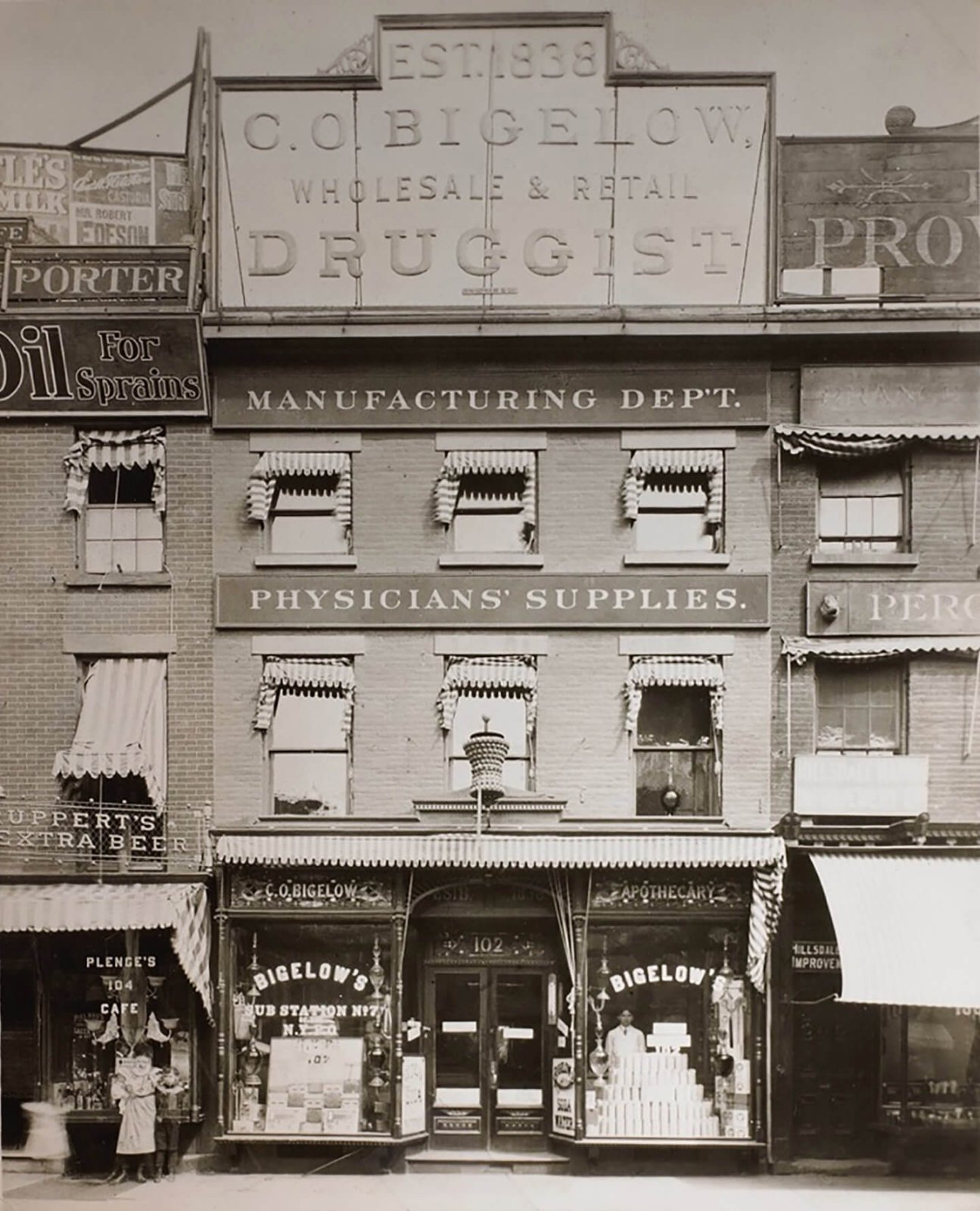
Still, C.O. Bigelow proudly proclaims itself contemporary while falling into the proud tradition of ancient-sounding words such as “apothecary” and “chemists” as lasting parts of its moniker.
“An apothecary is a word that really doesn’t apply to places today,” Ginsberg said. “Many years ago, it was a place where you were diagnosed and treated. We’re used to modern medicine, where you go to a doctor. They have commercially produced medications to choose from. That’s something that started happening in the 1950s.”
Back when C.O. Bigelow began, big pharma didn’t really exist, and pharmacies did more than dispense medication, often mixing and making it on-premises. “If you think back to the 1800s or early 1900s, you would go to a doctor. They would write down a formula for a medication,” Ginsberg added before explaining his store’s use of the word “chemists” to describe itself. “And then you would go to the pharmacy. That’s where the term ‘chemists’ comes from. They would have the raw ingredients to create this medication.”
Bigelow’s was founded in 1838 by Dr. Galen Hunter as the Village Apothecary Shoppe, until Clarence Otis Bigelow, who worked with Dr. Hunter, took over in 1880 and renamed it for himself.
“Bigelow’s was founded by a doctor, not a pharmacist,” Ginsberg added of a store where professionals used to cut and mix ingredients into creams. “You would come to C.O. Bigelow and say, ‘I have itchy skin or eczema.’ You would show your skin to the pharmacist or doctor. He would say, “I have my own formula for this.’”
“They still do a little medication compounding,” Ginsberg said, “but not much, and don’t see that as the reason they remain connected to their apothecary roots.”
“There isn’t a firm definition of an apothecary versus a pharmacy. C.O. Bigelow was and still is an apothecary,” Ginsberg continued. “You get bespoke treatment. People can come in and talk to the pharmacists and cosmeticians and get an education on how to treat. The bespokeness of treatment and education we give to people is just different.”
As Ginsberg sees it, their pharmacists teach and fill prescriptions to treat. They do not practice medicine so much as offer extended explanations. “People come here for advice, to be taught things,” he said. “If you go to a chain pharmacy, you know what you’re looking for.”
They also have an entire brand of C.O. Bigelow products that Ginsberg says is based on old formula books, such as lemon body cream (created by George Hooper, who bought the store from Dr. Hunter) and rose salve, initially Rose Wonder Cold Cream, made by Dr. Hunter as a cleanser, makeup remover, and moisturizer. These are commercially and globally available. However, the family that owns the store also remains an integral part of its history.
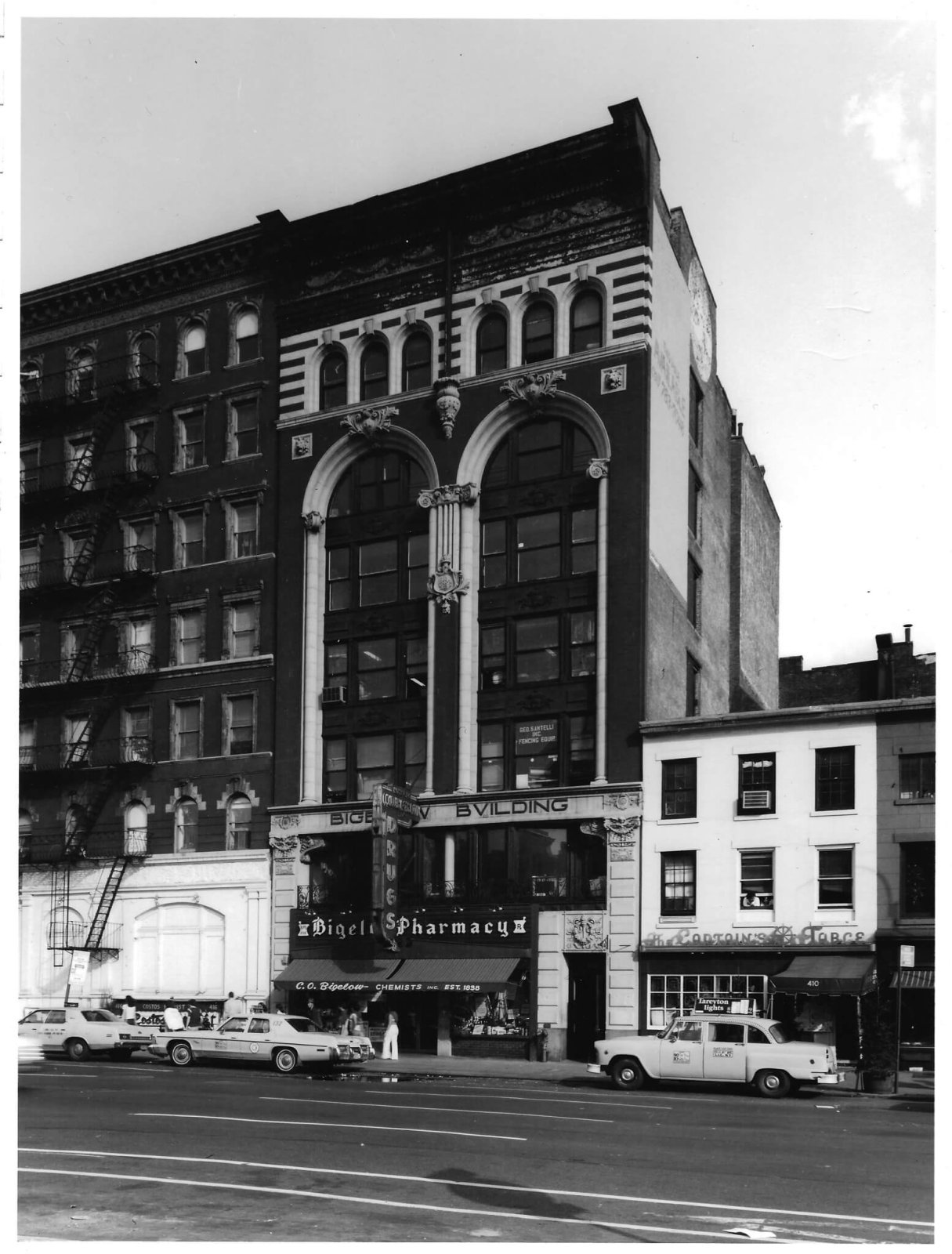
If this business is named C.O. Bigelow, it also tells the story of its current owners, who retained the name as a sign of respect and a lasting connection to history. While the mosaic indicates that the store was established in 1838, Alec Ginsberg’s great-grandfather, William Ginsberg, purchased the store in 1939. Four generations of Ginsbergs have worked here, all of whom were pharmacists. Alec’s father, Ian, who is the CEO, is also a pharmacist and belongs to a family that has longstanding friendships with other retail families.
“Kiehl’s was a pharmacy in New York City. My grandfather and Mr. Morse were close friends,” Ginsberg said. “We purchased our materials from them. Kiehl’s focused on skin care later.”
While chain pharmacies surround Bigelow’s, Ginsberg said they are so different that they don’t vie for its customers. C.O. Bigelow is the right store for the right neighborhood in the right city, one of Manhattan’s enduring and living landmarks that both adapt and remain true to its history.
“We don’t compete with CVS. We’re a unique store, which is why we’re successful. What we offer is different from CVS,” Ginsberg added, before describing the store’s customers. “It’s mainly the West Village, but we take care of people all over the city. We’re known for our service and privacy. A lot of celebrities and major executives come here because they don’t want their healthcare information floating around in a chain pharmacy.”
Ginsberg estimates that in-store sales account for approximately 40% of their business, supplemented by online and wholesale sales of C.O. Bigelow products worldwide, including soaps and shampoos found in many hotel bathrooms.
You might think medications are where C.O. Bigelow makes their big money, but Ginsberg said those earnings don’t go to the store. “We do a lot of pharmacy business,” he said. “The costs of drugs are crazy. They’re a lot in terms of revenue, but in terms of profits, it’s very little. “
He said cosmetics’ margins can be 50 to 60%, while drugs can be one to 12%.
“We lose money on some prescriptions,” he added, “We’re always working on new products we’re launching. Our pharmacy looks at the newest technology to make ourselves more efficient.”

“Hair accessories over the last year and a half, Ginsberg added, have experienced “explosive growth” as Gen Z and other women begin shopping at C.O. Bigelow. “Younger people who didn’t know the store existed are discovering it for the first time,” Ginsberg said with a sense of satisfaction that a store that survived so much is still new to so many.
C.O. Bigelow is keeping up with the times. In 2013, it joined Instagram, launched its Iconic collection of fragrances inspired by old apothecary recipes like Aqua Mellis in 2018, and, in 2020, made hand sanitizer and delivered medications via courier.
“I have their hand lotion. They’re a go-to place. I don’t feel that they’re trendy or too vain,” said Ruf, who still uses C.O. Bigelow’s hand lotion. “I love the smell of it. I don’t even like scented things, but I love that.”
C.O. Bigelow celebrated the 175th anniversary, but don’t mark every milestone. There have been too many. “The legacy is everything,” Ginsberg said of the importance of history. They are, however, eyeing the next big celebration, a C.O. Bigelow bicentennial.
“I think the big celebration will be at 200,” Ginsberg said before being asked how to mark that significant moment, a distant question when running a day-to-day business.

